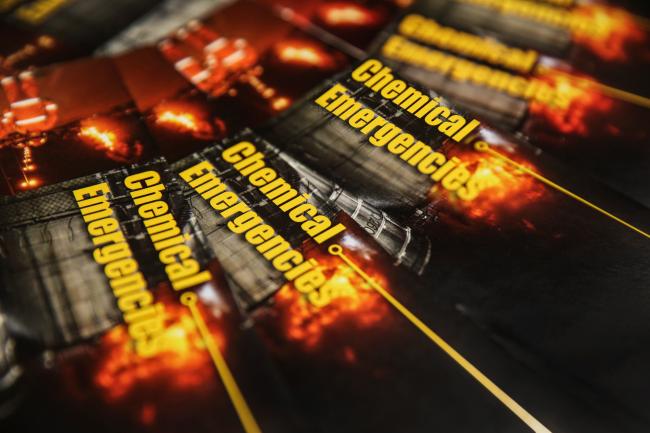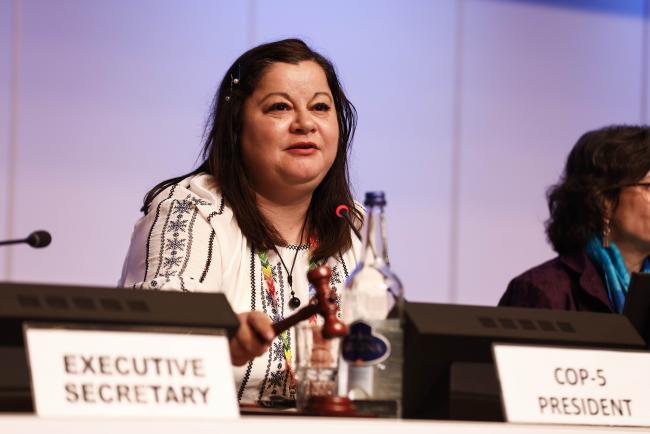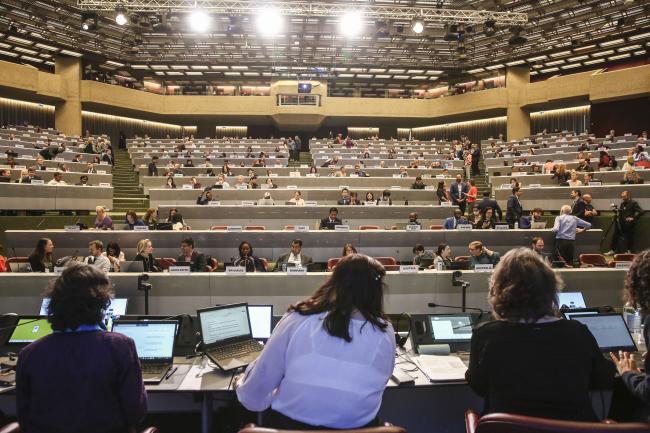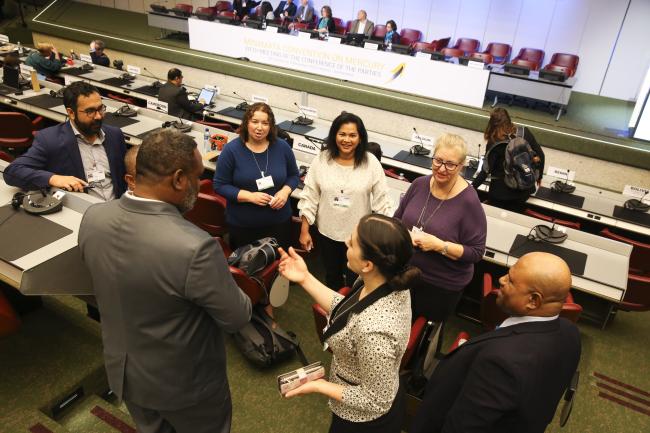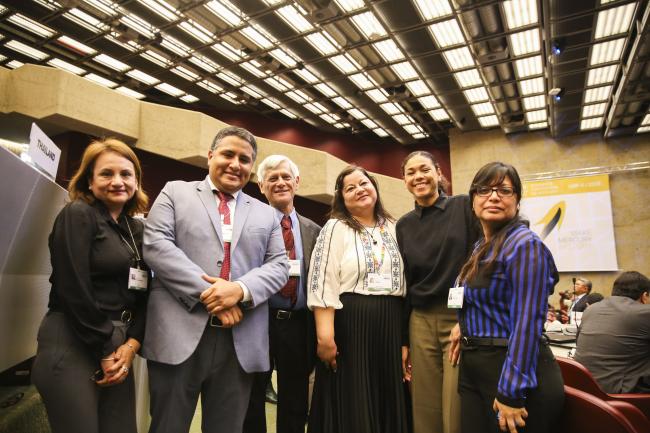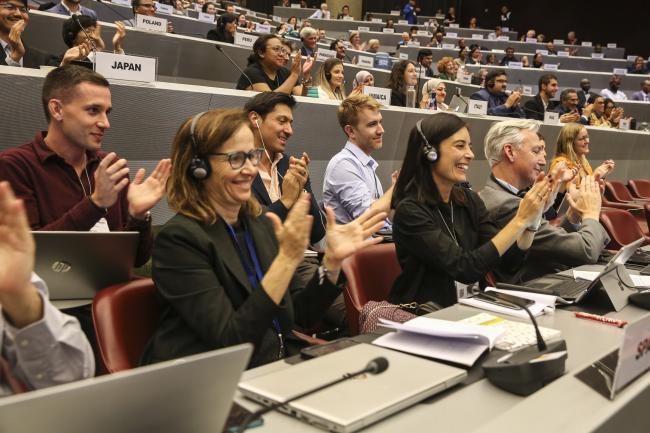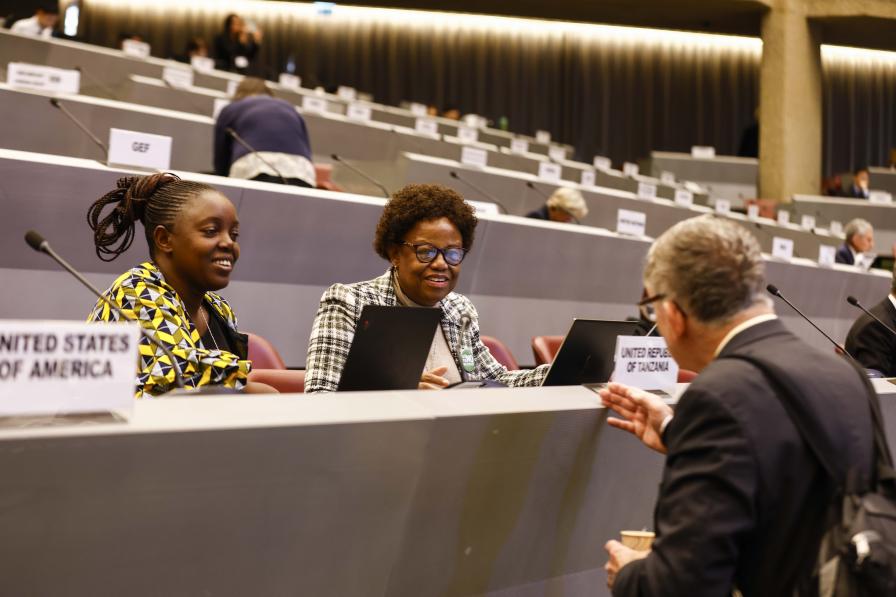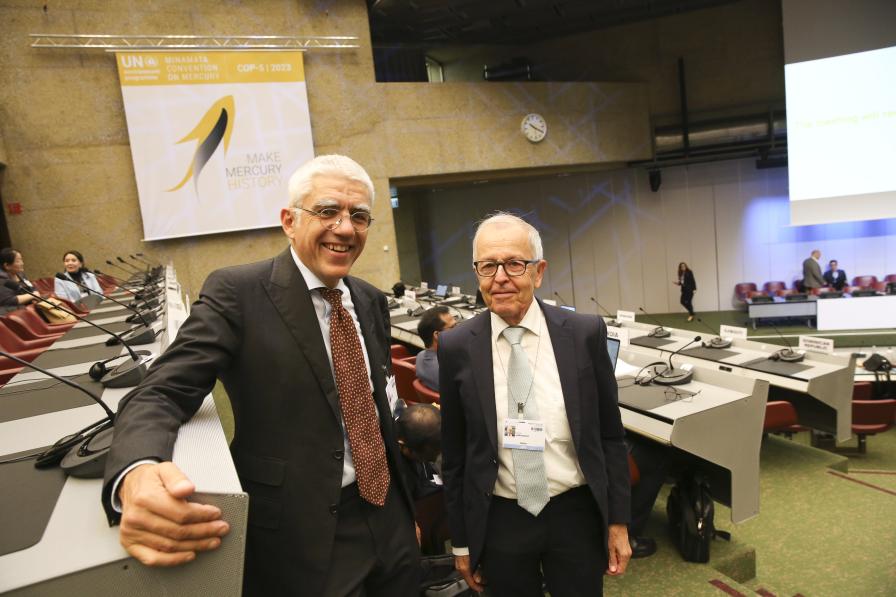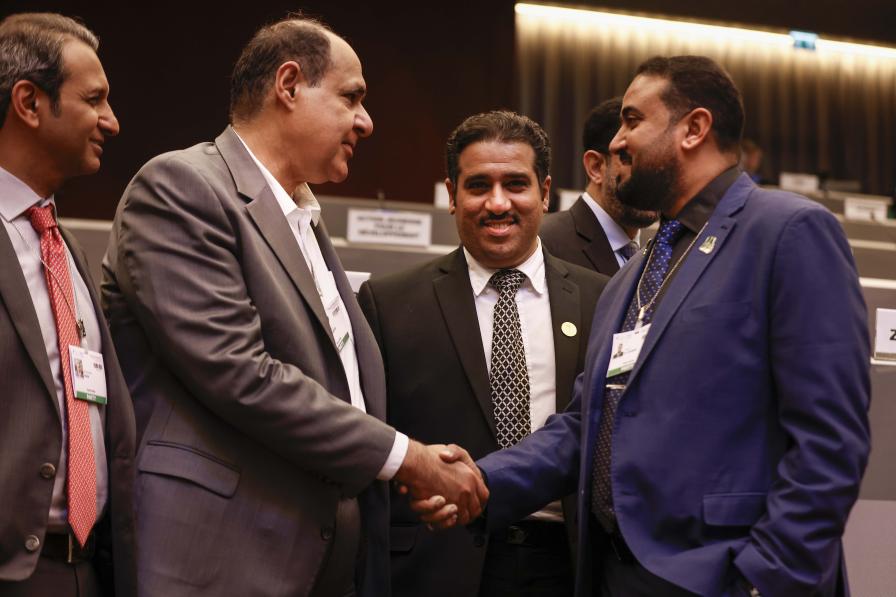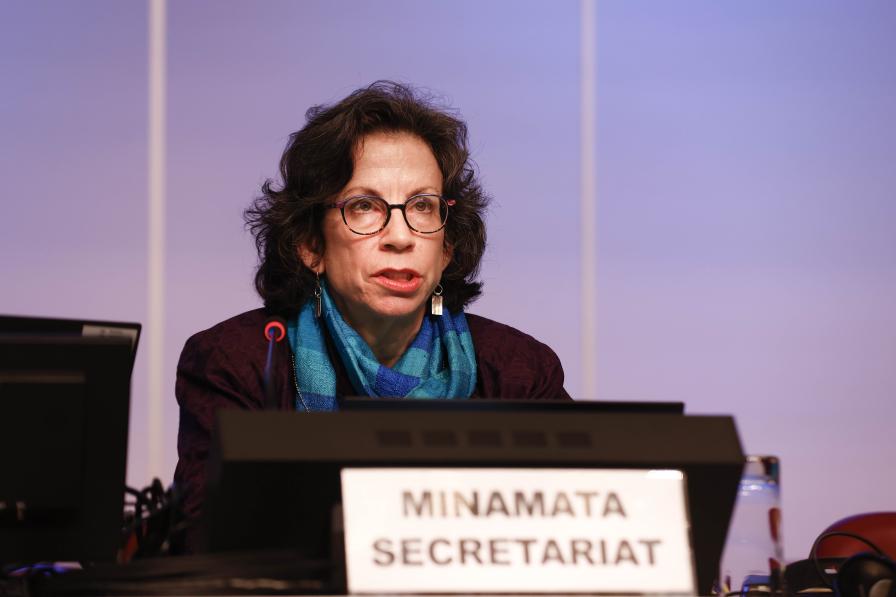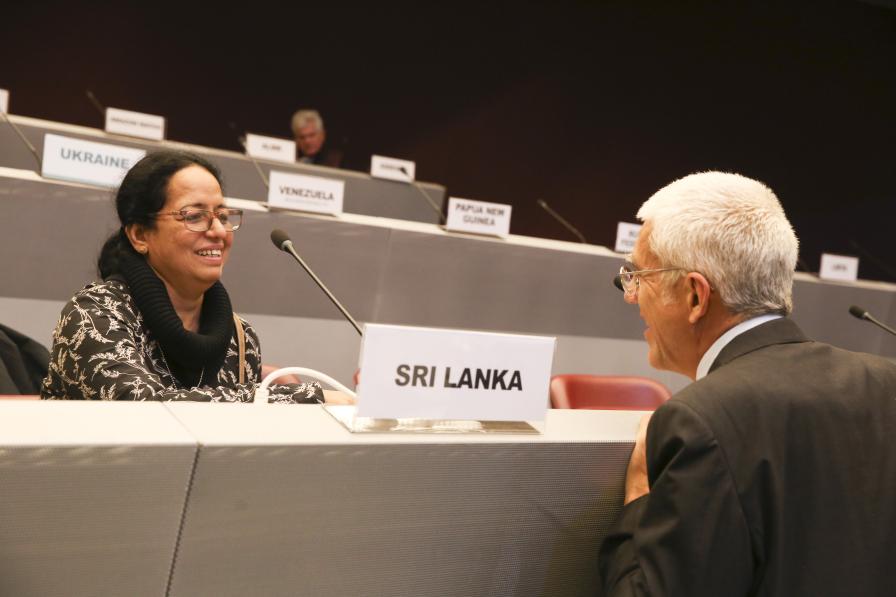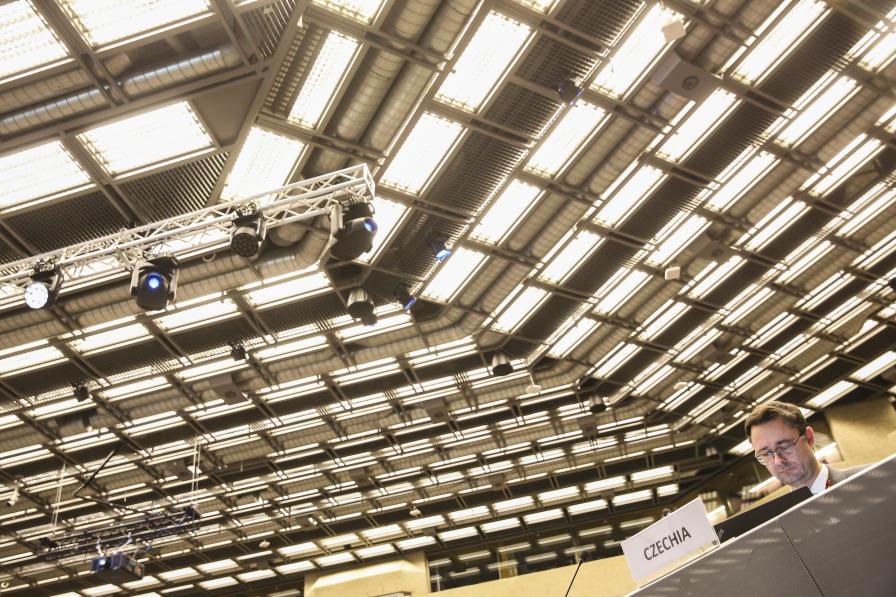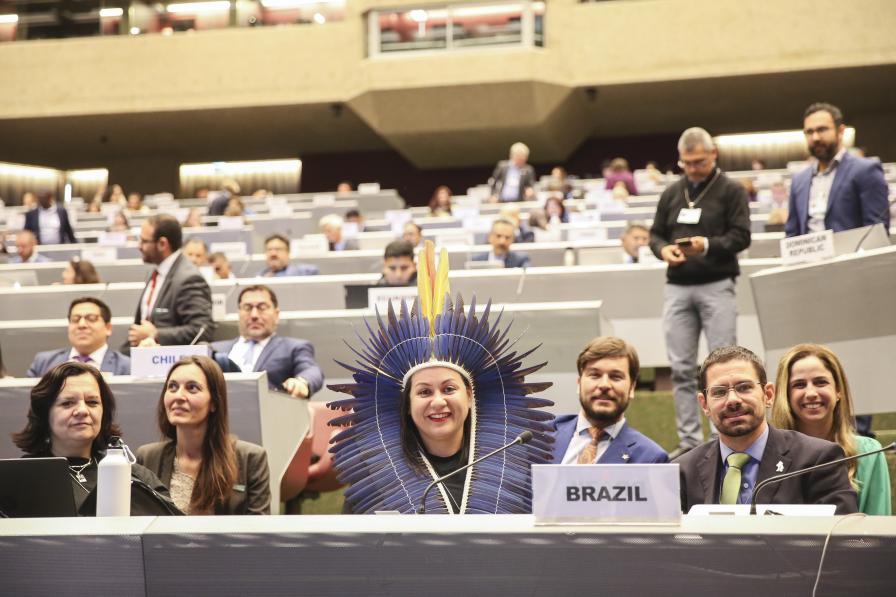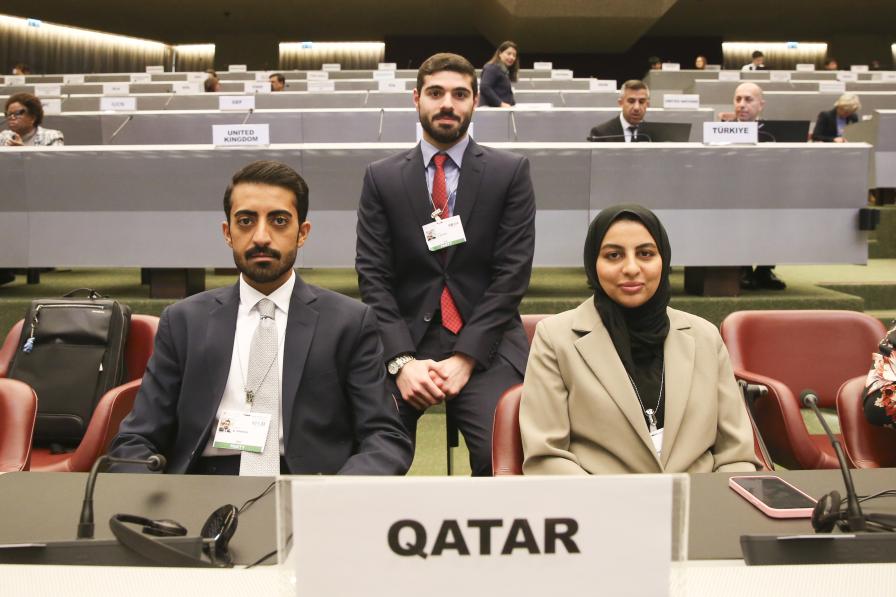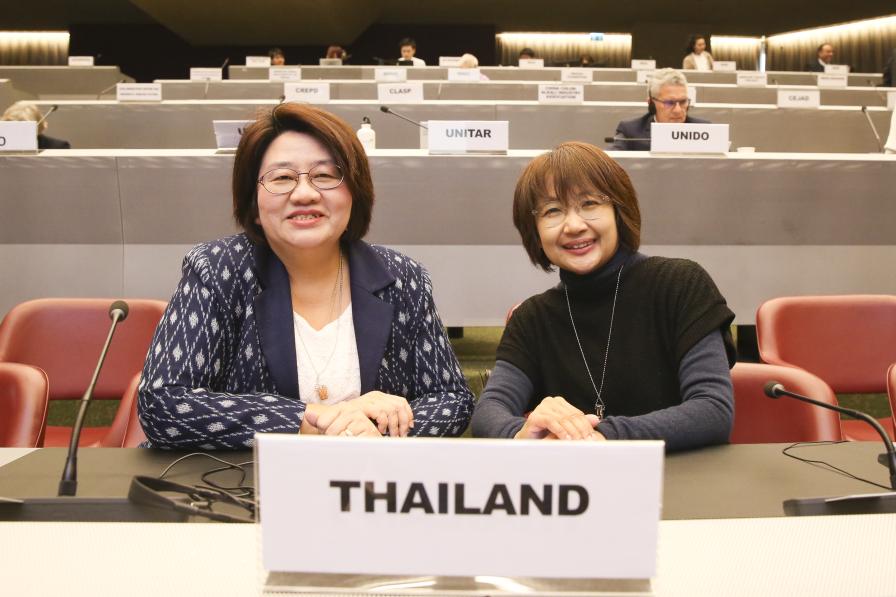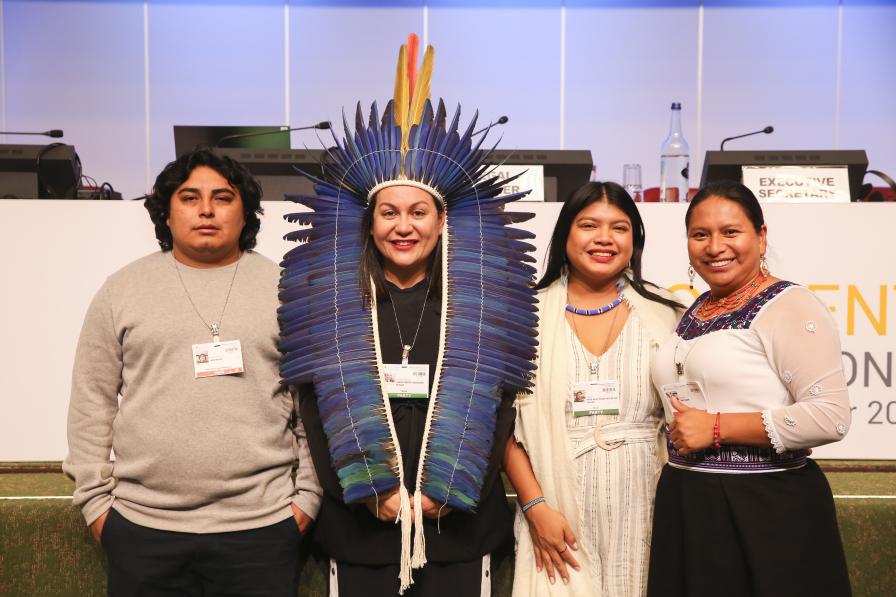On the final day of COP-5, delegates made arrangements for the work of the Convention leading up to COP-6 in two years’ time. They elected a new Bureau, chaired by Osvaldo Álvarez Pérez, Chile, as well as members of the Implementation and Compliance Committee (ICC), and the Governing Board members of its Specific International Programme to support Capacity Building and Technical Assistance (SIP).
The last day of COP-5 also saw substantive decisions being taken. Delegates agreed: on phaseout dates for certain types of batteries, switches and relays, fluorescent lamps, and cosmetics; to phase out the use of mercury as a catalyst in polyurethane production by 2025; to declare mercury-free technologies technically and economically feasible for production of sodium or potassium methylate or ethylate; and to require parties which have not yet phased out dental amalgam to either submit a national plan or national report on steps toward phaseout.
They adopted a decision on trade, which asks the Secretariat to develop guidance to assist parties in identifying, managing and reducing mercury trade from primary mercury mining, and to facilitate the exchange of any trade-related information that the Secretariat has received from parties.
Delegates also agreed to make technical changes to the existing format for countries to submit their national reports, explaining how their actions are contributing to the Convention’s implementation. The changes help ensure that reports are clear and reflect recent data.
A decision on mercury waste thresholds, finalized only on Thursday night, was adopted on Friday. The decision means that countries have a fixed standard now for measuring whether imports and exports contaminated with mercury contain more than the allowed total concentration value of 15 mg/kg. This is important for countries who fear becoming global dumping grounds for hazardous waste, as it gives a basis that enables them to block imports. It also means that producer nations have a benchmark for blocking exports of mercury-contaminated waste.
On this matter, a so-called ‘opt-out’ clause had previously held up negotiations. Some had argued that no exceptions to the standard could be made, while others considered that, since there is more than one method for measuring mercury levels, alternative approaches to checking mercury levels could be allowed, as long as the party concerned can document their approach and explain how their alternative approach to measurement still protects human health and the environment from the harmful effects of mercury.
In the closing hours of COP-5, delegates adopted the budget and programme of work for the 2024-25 biennium. They approved a core budget of USD 8.4 million and a Special Trust Fund budget of USD 4.83 million, the latter relying on voluntary funding. They also agreed to hold COP-6 in Geneva, Switzerland, from 3-7 November 2025.
The meeting closed at 5:35 pm.
To receive free coverage of global environmental events delivered to your inbox, subscribe to the ENB Update newsletter.
All ENB photos are free to use with attribution. For the 5th Meeting of the Conference of the Parties to the Minamata Convention on Mercury, please use: Photo by IISD/ENB | Natalia Mroz.

